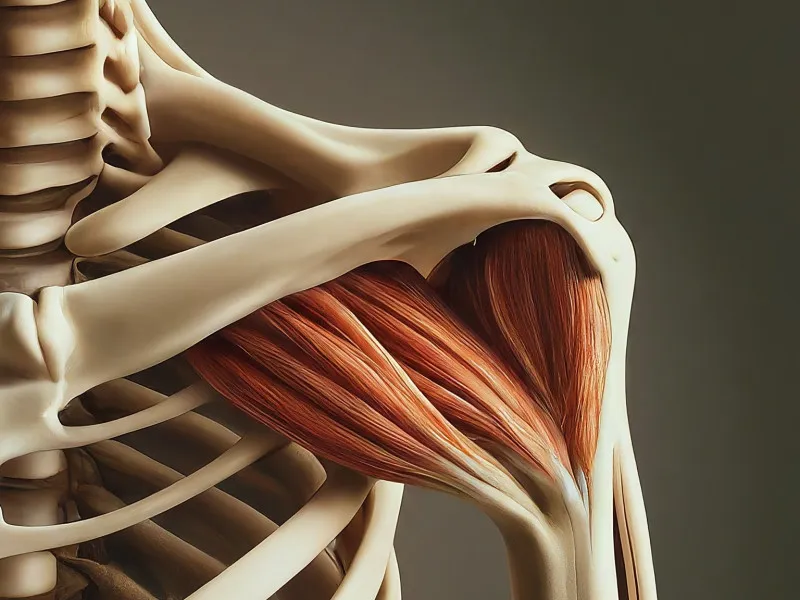
Rotator cuff injuries involve damage to the group of muscles and tendons that surround the shoulder joint, playing a critical role in the function and stability of the shoulder. These injuries can range from mild tendon inflammation (tendinitis) to complete tendon tears, affecting an individual’s ability to lift their arm or perform overhead activities.
The Mechanics of the Injury
The rotator cuff can be injured through acute trauma, such as a fall or lifting something heavy, or through chronic wear and tear, often seen in athletes or occupations requiring repetitive shoulder movements. Symptoms typically include pain, weakness, and a decreased range of motion in the affected shoulder.
Long-term Consequences of Inadequate Treatment
Without proper treatment, rotator cuff injuries can lead to persistent pain, decreased shoulder function, and eventually, the development of degenerative shoulder conditions. Early and effective intervention is crucial to prevent these long-term complications.
Platelet-Rich Plasma Therapy: A Modern Treatment Methodology
PRP therapy involves the injection of a concentration of a patient’s own platelets into the injured area to stimulate healing. This minimally invasive procedure has gained popularity for its potential to enhance the body’s natural healing processes.
Pros
- Minimally invasive with a low risk of complications
- Utilises the body’s natural healing mechanisms
- Can be performed in an outpatient setting
Cons
- Efficacy can vary depending on the severity of the injury and the individual’s overall health
- Not universally covered by insurance
- Further research is needed to fully understand its effectiveness
Anticipated Timeline for Recovery
Recovery after PRP therapy can vary, but patients often begin to experience relief from pain and improvements in function within a few weeks of treatment. A full recovery can take several months and may require a combination of PRP injections and physical therapy.
Frequently Asked Questions (FAQs)
How Can I Prevent Rotator Cuff Injuries?
Incorporating shoulder-strengthening and flexibility exercises into your routine and avoiding activities that overexert the shoulder can help prevent injuries.
Which Sports Frequently Cause Such Injuries?
Sports that involve repetitive overhead motions, such as baseball, tennis, and swimming, are particularly prone to causing rotator cuff injuries.
When Is Surgical Intervention Necessary?
Surgery may be considered for complete rotator cuff tears or when conservative treatments, including PRP therapy, have failed to provide relief.
Risks of Neglecting the Injury?
Ignoring a rotator cuff injury can lead to chronic pain, decreased shoulder function, and progressive shoulder degeneration.
Possibilities for Natural Healing?
Milder injuries may heal naturally with rest, ice, and physical therapy. However, more severe injuries often require medical intervention to heal effectively.
Immediate Post-Injury Actions?
Seek medical evaluation to determine the severity of the injury and begin appropriate treatment. Applying ice and resting the shoulder can help minimise pain and swelling.
Platelet-rich plasma therapy represents a promising advancement in the treatment of rotator cuff injuries, offering a less invasive alternative to traditional surgical approaches. By understanding the benefits and limitations of PRP therapy, individuals can make informed decisions about their treatment options, aiming for the best possible recovery outcomes.
